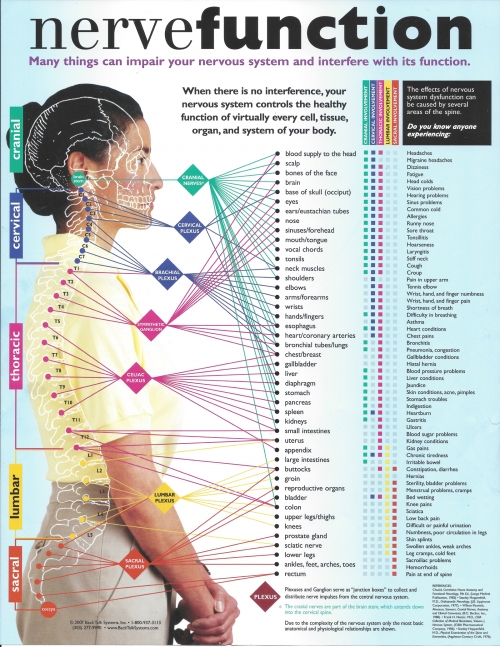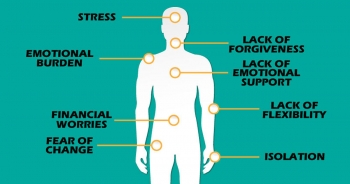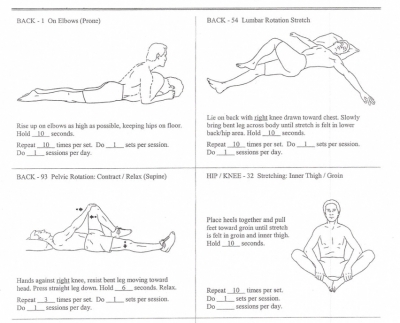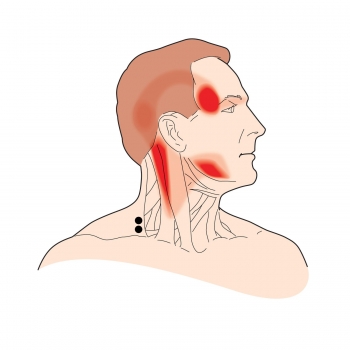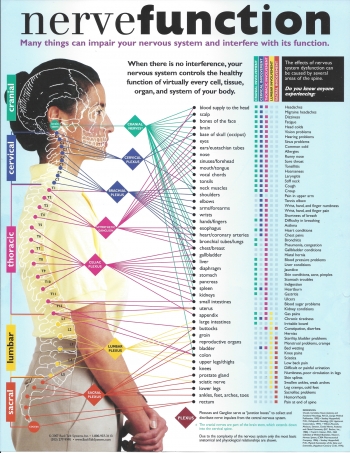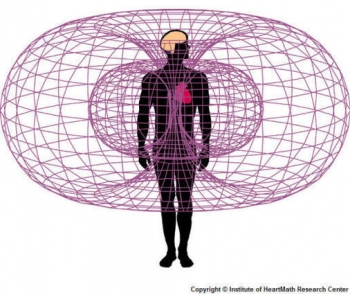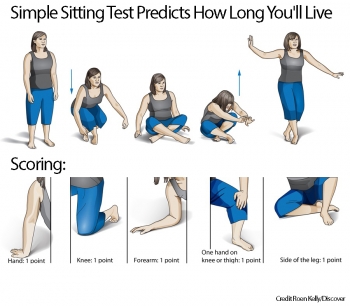2. A subtle, yet huge difference in X-rays.
A profound difference in the way that my orthopedic specialist did my X-ray and the way my chiropractor did my X-ray is worth mentioning. My orthopedic X-ray was conducted laying down. So, while they were able to check the bones for chips and make sure there were no fractures, they didn’t really *see* the problem. For my chiropractic X-ray, they took them of me standing up. So when we looked at the first set of X-rays, it looked like I had a bad case of scoliosis. They didn’t really even need to explain anything, they just put the X-ray up on the wall and I immediately saw the curve in my spine.
3. My “scoliosis” was off the charts.
I don’t actually have scoliosis, but the bulged disc / pinched nerve (L5) was making my spine twist away from the pain, naturally. This means that I was walking around with a curve in my entire body - no wonder my hip was popped out of the socket, I had sharp pain getting putting shoes on, and I was generally miserable.
4. The fog is lifted, and I can breathe again.
After my first chiropractic visit, my back started to relax on the ride home. I drive an F250 diesel truck, which when empty, is almost too powerful. After the second visit, I found myself doing some “spirited driving” on the way home. It didn't hurt! It’s amazing that even a day or two after a spinal adjustment, my body was still aligning. At home, my hip popped back into place and my disc popped back in and stopped pinching the nerve. To summarize, my nerve was pinched (L5) for over 5 years, and the chiropractor popped it back in during three adjustments over the course of just 5 days.
5. Stretches and exercises for lumbar support.
My previous blog post is one of the more popular articles on the site, and I want to leave the post active for comparison purposes. Its findings, recommendations, and actual stretches and exercises are still valid. My chiropractor reviewed the PDF sheet from the old post and said that I was doing all of the correct things in terms of Physical Therapy. ![]() He did offer me a revised “Lumbar Exercises” sheet which I am posting onto this article; it’s only one page and probably a little more targeted than the old post’s PDF. For me, it was the “Prone on Elbows” move that actually popped my disc back into place. Of course, this was after 3 rounds of spinal adjustments. A chiropractor was required to actually fix my case. Your mileage may vary. It seems the physical therapy, stretching, and exercising allowed me to manage the pain but never really resolved it.
He did offer me a revised “Lumbar Exercises” sheet which I am posting onto this article; it’s only one page and probably a little more targeted than the old post’s PDF. For me, it was the “Prone on Elbows” move that actually popped my disc back into place. Of course, this was after 3 rounds of spinal adjustments. A chiropractor was required to actually fix my case. Your mileage may vary. It seems the physical therapy, stretching, and exercising allowed me to manage the pain but never really resolved it.
6. Why doesn’t insurance cover this? Oh.
Follow the numbers. I’ve spent a few hundred dollars so far on chiropractic visits. My insurance doesn’t cover it, so I have to pay cash. 5+ years ago when I went to my doctor and had all of the PT, X-rays, MRI, etc… done, I still had to shell out a couple hundred bucks in co-pays, but COUNT THE NUMBER OF PEOPLE THAT ALSO GOT PAID during my process. As a society in general, you make a lot more money selling pain killers, making people fat, and letting them slowly rot.
The challenge is twofold: one, only 12% of the population visit chiropractors in general. The second challenge is that some chiropractors don’t know what they’re doing. I once met a chiropractor who threw his own back out adjusting one of his patients. No joke. So, don’t go to the nearest chiropractor and let them have at you. I drive right past 10 chiropractors on the way to mine.
7. Need help finding a chiropractor?
If you’re in or near Northeast PA, drop me a line and I’ll share my chiropractor’s information with you. If you’re elsewhere, ask your friends and family until you’ve found someone who STRONGLY recommends a chiropractor. For me, a nearby friend is a power-lifter, and he said things like this:
- "I was going to have back surgery and Dr. So-and-so saved me from surgery altogether."
- "If you go see Dr. So-and-so and after 4 or 5 visits, he still can’t fix you, I’ll pay for it myself."
After hearing these two strongly-worded recommendations, I finally broke down and went to go see his doctor for myself. After 3 adjustments, I’m sitting here writing this blog post, trying to figure out why it took me so long to go see a chiropractor in the first place.
Follow-up 5/17/16:
I've now been through another half dozen or so spinal adjustments. The doctor is slowly working the knots up my spine. He is no longer doing any adjustments to my lower back, it's only in the mid-to-upper back and neck that he's working on now. I've been doing as much stretching and exercising at home as possible. I believe that if you only see a chiropractor without working on your own at home, you're only seeing part of the benefit. If the doctor adjusts your spine, and you don't do anything to strenghten it, what is to stop you from falling back out of adjustment?
I also had a discussion with my chiropractor about using stand-up / height-adjustable desks. His first response was, "sitting is the new smoking." Then, he said, that changing it up frequently never hurts. When you're sitting, don't put your feet on the floor directly in front of you. Put your feet under your chair, which forces you to sit up on your "sit bones" and maintain good posture. With your feet on the floor in front of you, you're likely to start hunching forward as the day goes on.
Helpful Videos:
Yoga for Lower Back Pain
(Great for when you're still in the "it hurts to stretch" stages)
Kettlebell Exercises
(Great for adding muscle to your lower back after you're able to stretch without pain)
Follow-up November 2016:
I've started doing more yoga. I've found that while a Chiropractor can get you out of pain using spinal adjustments, yoga will strengthen your muscles and correct your posture (when done correctly). Here is a great video that was recently in the New York Post:
Follow-up January 2017
From YogaJournal.com: Great article discussing your pectoral muscles (pecs) and how they relate to your shoulders, back muscles, and overall posture.
The information contained in these topics is not intended nor implied to be a substitute for professional medical advice, it is provided for educational purposes only. You assume full responsibility for how you choose to use this information. Always seek the advice of your physician or other qualified healthcare provider before starting any new treatment or discontinuing an existing treatment. Talk with your healthcare provider about any questions you may have regarding a medical condition. Nothing contained in these topics is intended to be used for medical diagnosis or treatment.

